Ayurveda is an unconventional medicinal method that was developed more than 3,000 years ago in India. Ayurvedic medicine is one of the world’s oldest methods that use the holistic or whole-body healing approach system.
The pillars of the Ayurveda are built based on the belief that health and wellness depend on a dedicated balance between the mind, body, and spirit. The main goal of it is to encourage good health, not fight diseases.
The ones who practice Ayurveda believe that every person is made up of five basic elements which are found in the universe: space, air, fire, water, and earth.
These elements combine in the human body to form three life forces or energies, called doshas, which control how your body works. They are 3 doshas
- Vata dosha (space and air)
- Pitta dosha (fire and water)
- and Kapha dosha (water and earth)
Everyone out there inherits a unique mix of the three doshas. However, one is usually stronger than the others. Each dosha controls a different body function. It’s believed that one’s chances of getting sick or catching up on any health problem tend to be linked to the balance of their doshas.
What is Pitta Dosha?
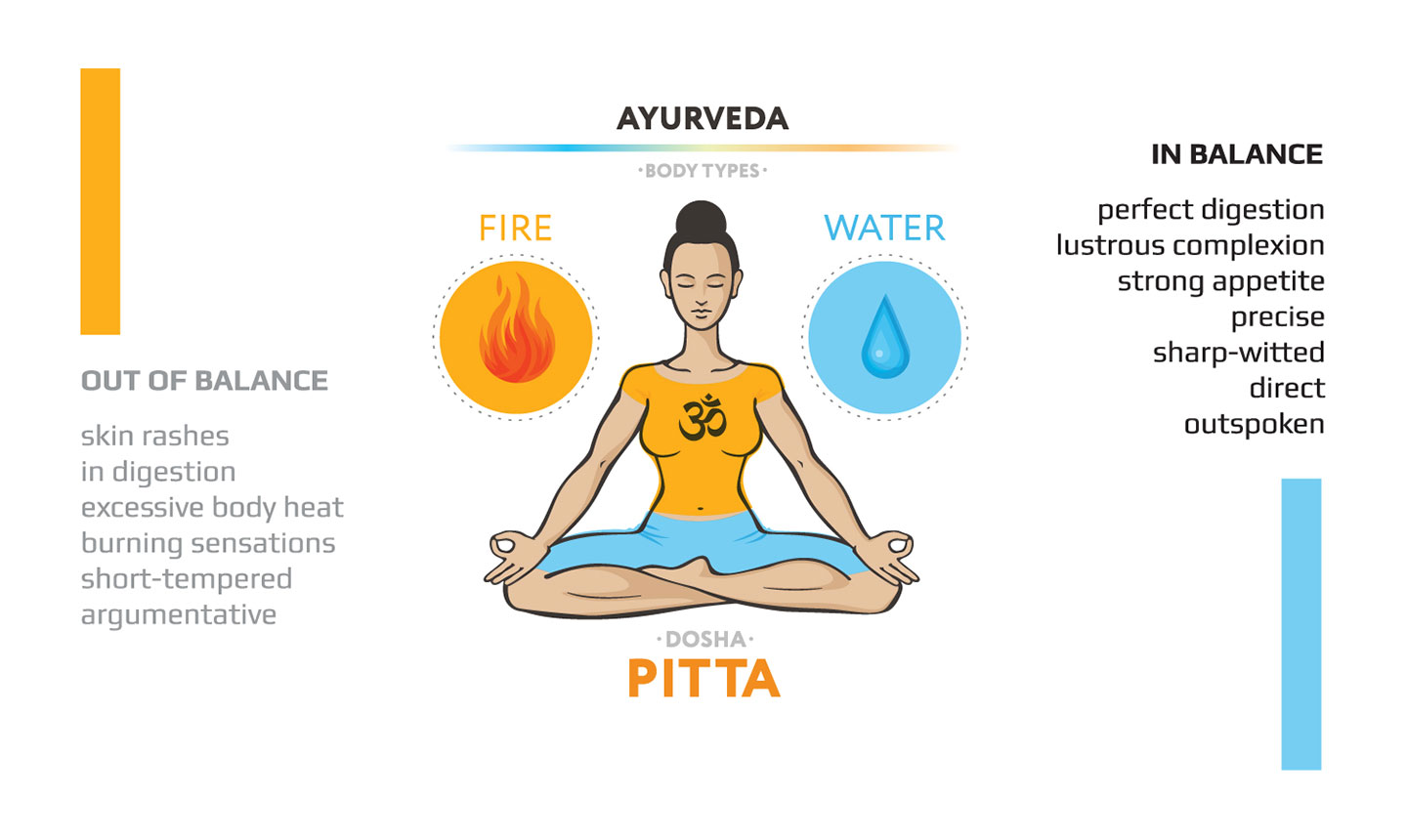
Pitta dosha is a combination of fire and water elements. Pitta is among the three doshas which are known to govern the metabolism and the transformation that takes place in the body. Pitta on the whole controls how we digest food and discriminate between right and wrong. To cut a long story short, pitta dosha concerns itself with the digestion power or ‘Agni’ and makes sure it does not go into overdrive causing one any sort of discomfort and stomach-related ailments.
This energy is mainly responsible for your digestion, metabolism (how well you break down foods), and certain hormones that are linked to your appetite.
Nonetheless, the food should calm the fire associated with Pitta; in other words, it should not be too pungent, salty, or sour. Things that can disrupt one’s pitta dosha are eating sour or spicy foods. The Pitta dosha is aggravated by pungent, salty, and sour flavors. These results in stimulating the gastric juices and the body’s inner fire and invigorate its cells with a heat-generating effect. then spending too much time in the sun also creates an effect on the pitta.
It is said that the Summer season is the season of pitta. Pitta, a combination of fire and water elements, consists of the characteristics of being hot, oily, and light. When there is an immoderate accumulation of pitta in the body, one may experience the following:
- Excess generation of heat in the body
- Acid reflux, gas, indigestion
- Inflammation of the joints
- Nausea, diarrhea, or constipation
- Anger & irritability
- Bad breath
- Body odor
- Excessive sweating
Reparations Of Unbalanced Pitta
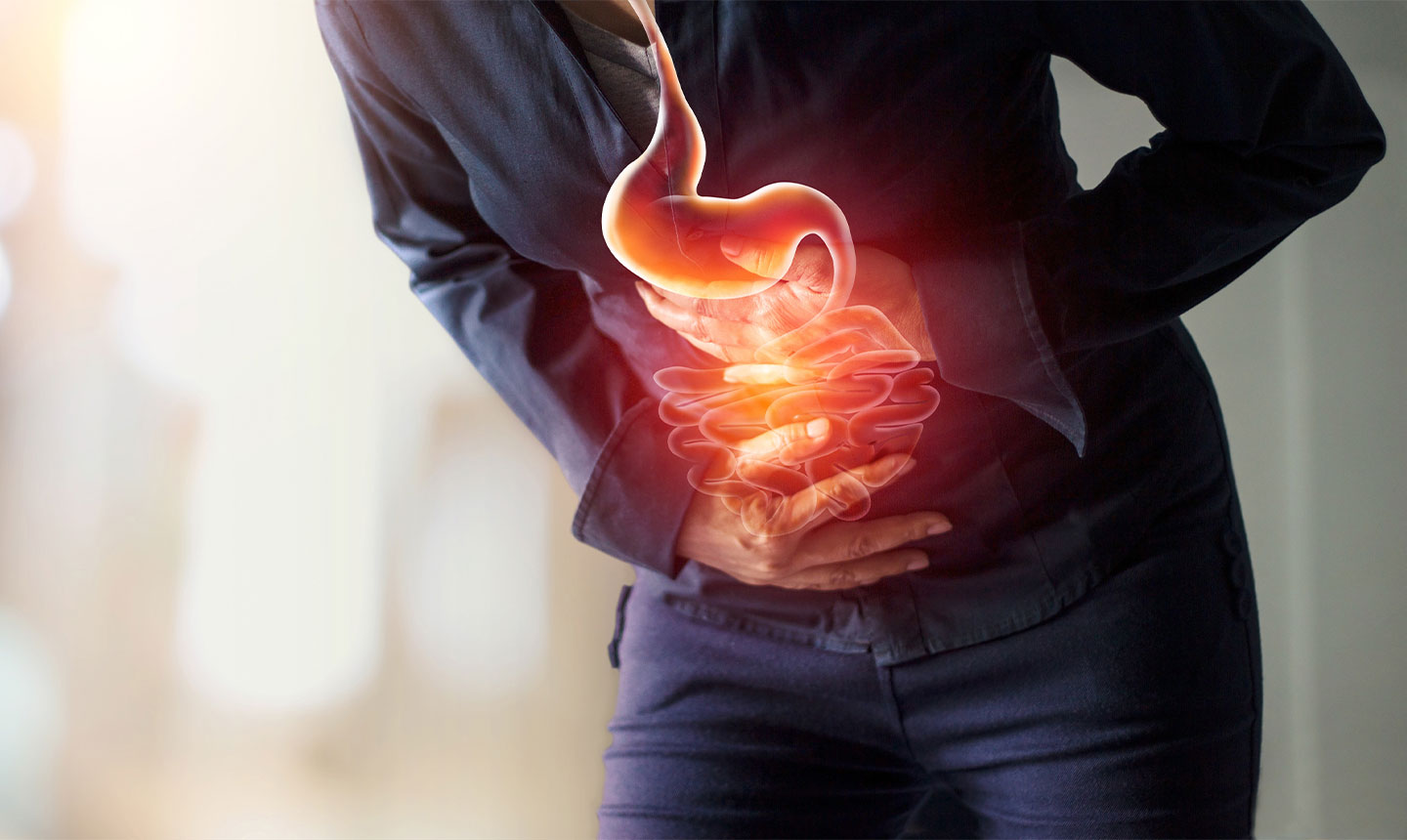
Things like emotional strain or anger, high temperatures, excessive alcohol, meat, sugar, and white flour can create an unbalancing effect in Pitta. The out of balanced pitta results in such a way that the body gets much worse at exploiting foods. As a result, people with Pitta disorders tend to struggle with upset stomachs, heartburns, and diarrhea. Patient’s metabolism becomes hyper acidic, they start to burp quite often, perspire and become emotionally sensitive- all the strong indicators that the internal bodily bio-elements gravitate toward imbalance. Some of the other common symptoms are headaches and inflammation or more likely to develop conditions like Crohn’s disease, heart disease, high blood pressure, and infections.
Workaholics are the ones who are generally attracted by the disorders of pitta
How to reduce and cool down your pitta is a very important thing that one should be aware of so here are some certain items that can help you cool away your aggravated pitta and prevent you from the disorders caused due to the out balanced pitta.
10 Ingredients To Cool Your Pitta
1. Coconut

There are plenty of ways in which coconut can be used and many other coconut products which one can enjoy like coconut water, coconut non-dairy milk, and the traditional coconut flakes. Stay aware of the fact that the oil, while it is certainly cooling, is not recommended for Vata and Kapha.
2. Cilantro

Fresh and green cilantro is the herb of choice for aggravated Pitta. Cilantro helps to calm pitta directly in the liver & improves eyesight. Mostly used as a garnish, stir chopped cilantro into a soup or toss with your salad greens.
3. Mint

Mint is also known as Pudina has the quality to pacify all three doshas and chiefly manages the Pitta dosha. Mint leaves owing to their carminative properties helps in digestion and assimilation of food and treats colic pain. The extract of mint leaves is used to treat intestinal worms also. Mint helps in making an amazing tea, loved by all. You can also toss fresh mint into your salad, on fruit, or dessert.
4. Fennel

Fennel strengthens digestive fire (Agni) without aggravating pitta dosha, as many other digestive herbs do. They are helpful for all three doshas (Vata, pitta, and Kapha) and have a pleasing flavor a bit like licorice. They are wonderfully aromatic with their anise or licorice scent. You can saute the seeds in oil to add to your favorite soups or stews, or can add the powder to your chai or favorite hot beverage, or sprinkle onto your salad or dinner entree. It is a great addition to a Pitta diet.
5. Rosewater
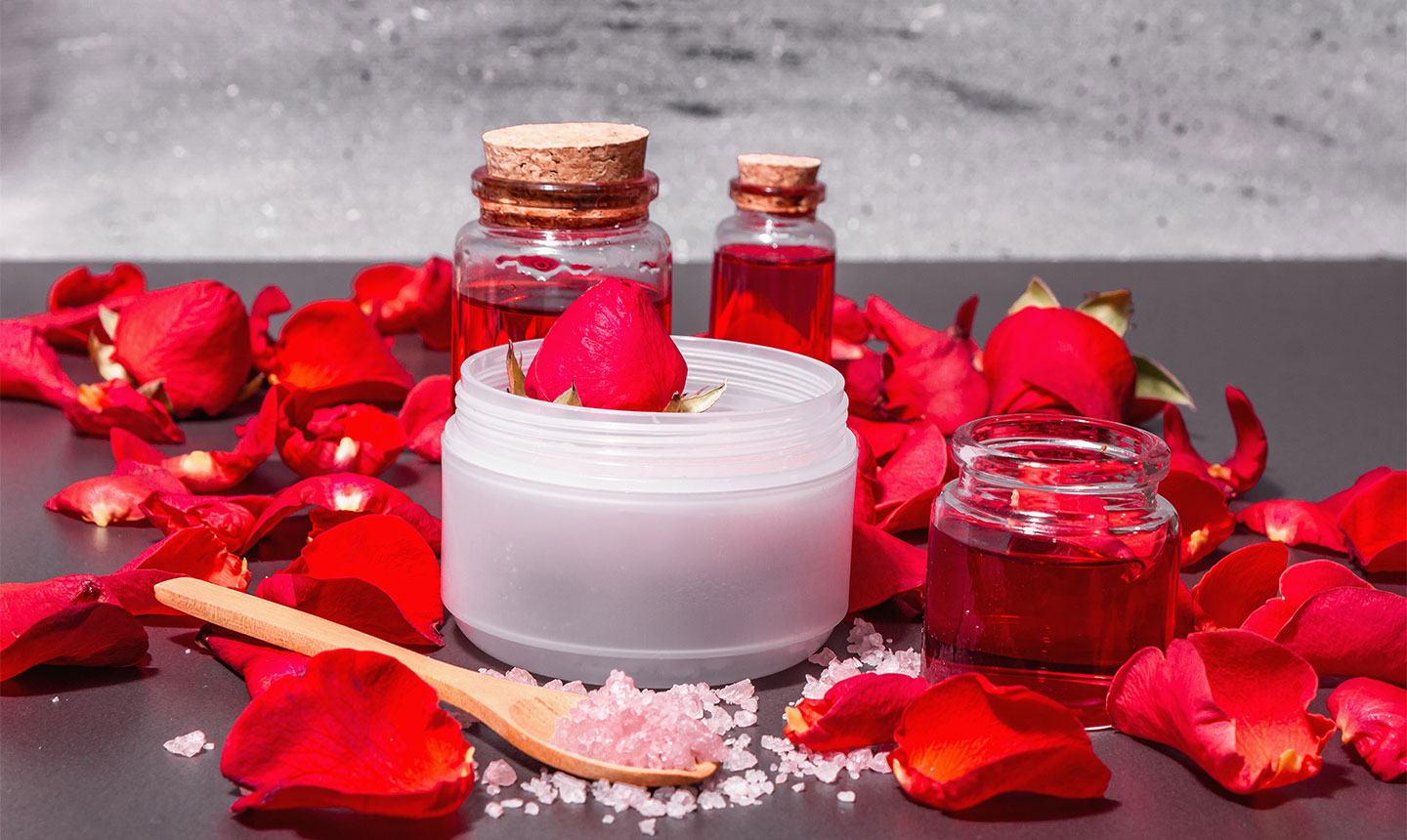
Roses have wonderfully soothing properties and can be used in many ways. You can consume rose water by adding a dash of it into the smoothies, rice puddings, or a bowl of fruit. Try substituting rose water for vanilla extract in recipes.
6. Pomegranate Molasses
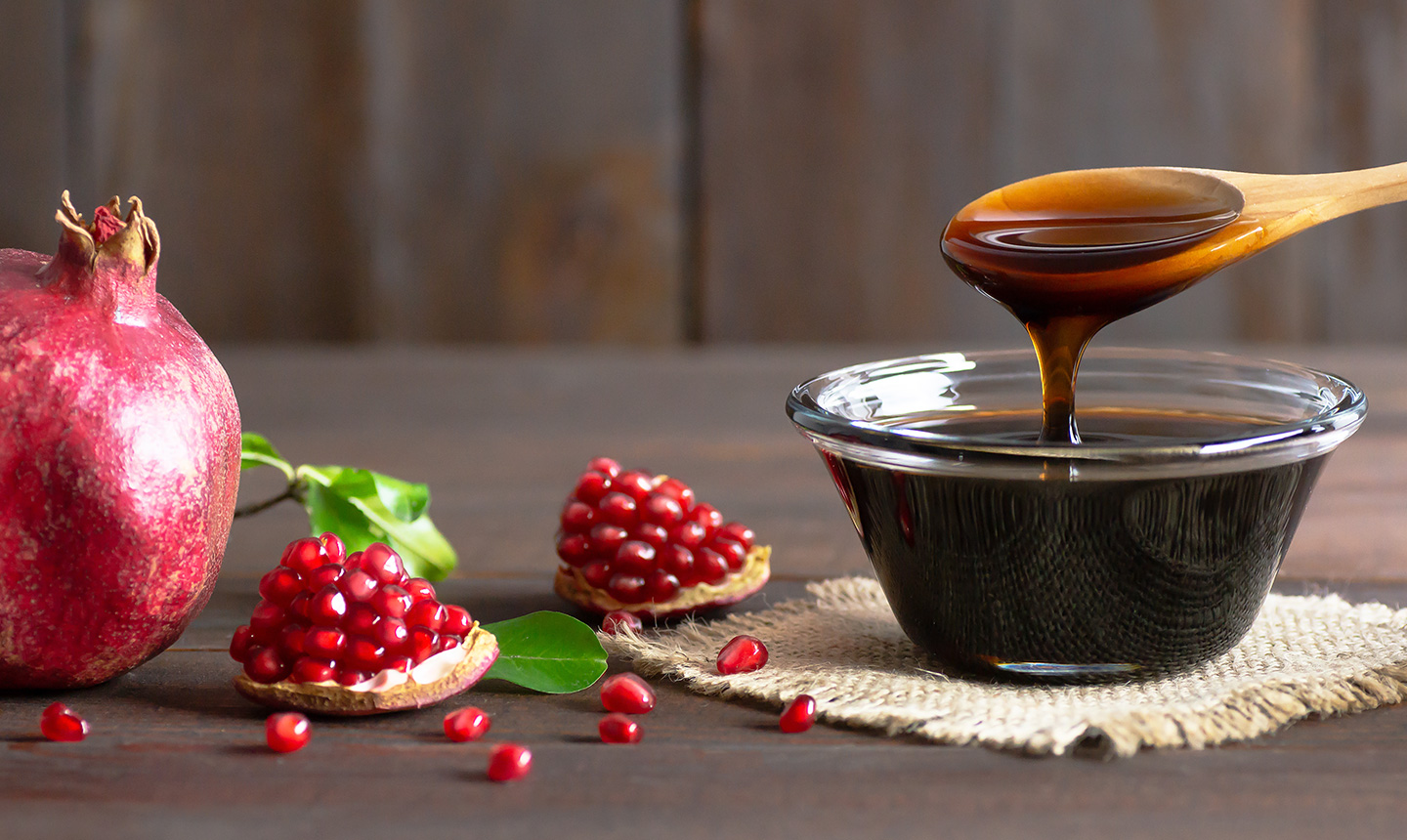
Pomegranate molasses is by cooking and condensing the sugar with the pomegranate juice. The pomegranate molasses is quite heavenly. Now you can add that to salad dressings, dips, and spreads, and use it in marinades.
7. Sunflower Oil
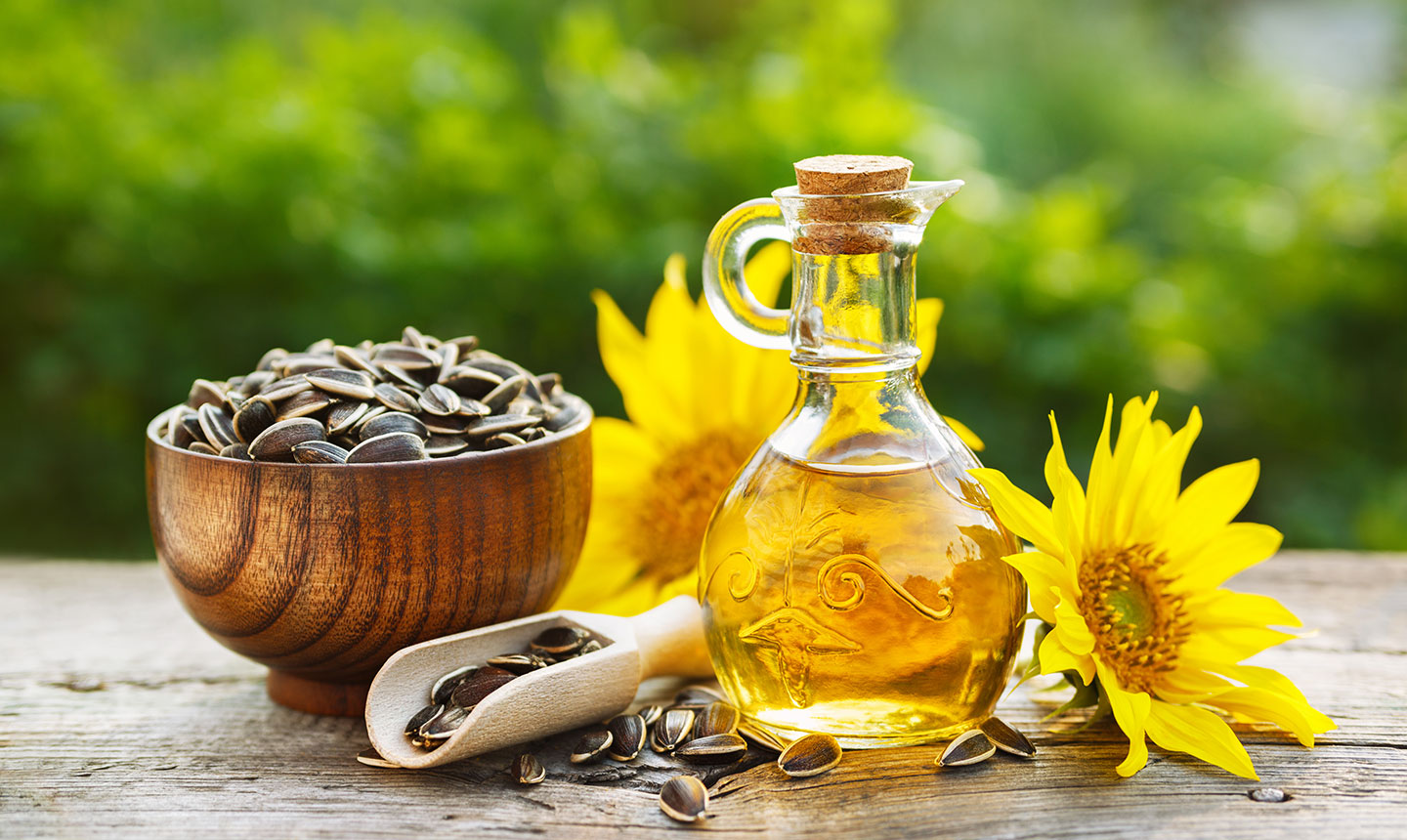
The sunflower oil is traditionally used for mostly external purposes in the Ayurveda as a cooling oil for pitta. One can enjoy it as a substitute for vegetable oil. Sunflower oil is mild and light.
8. Maple Syrup
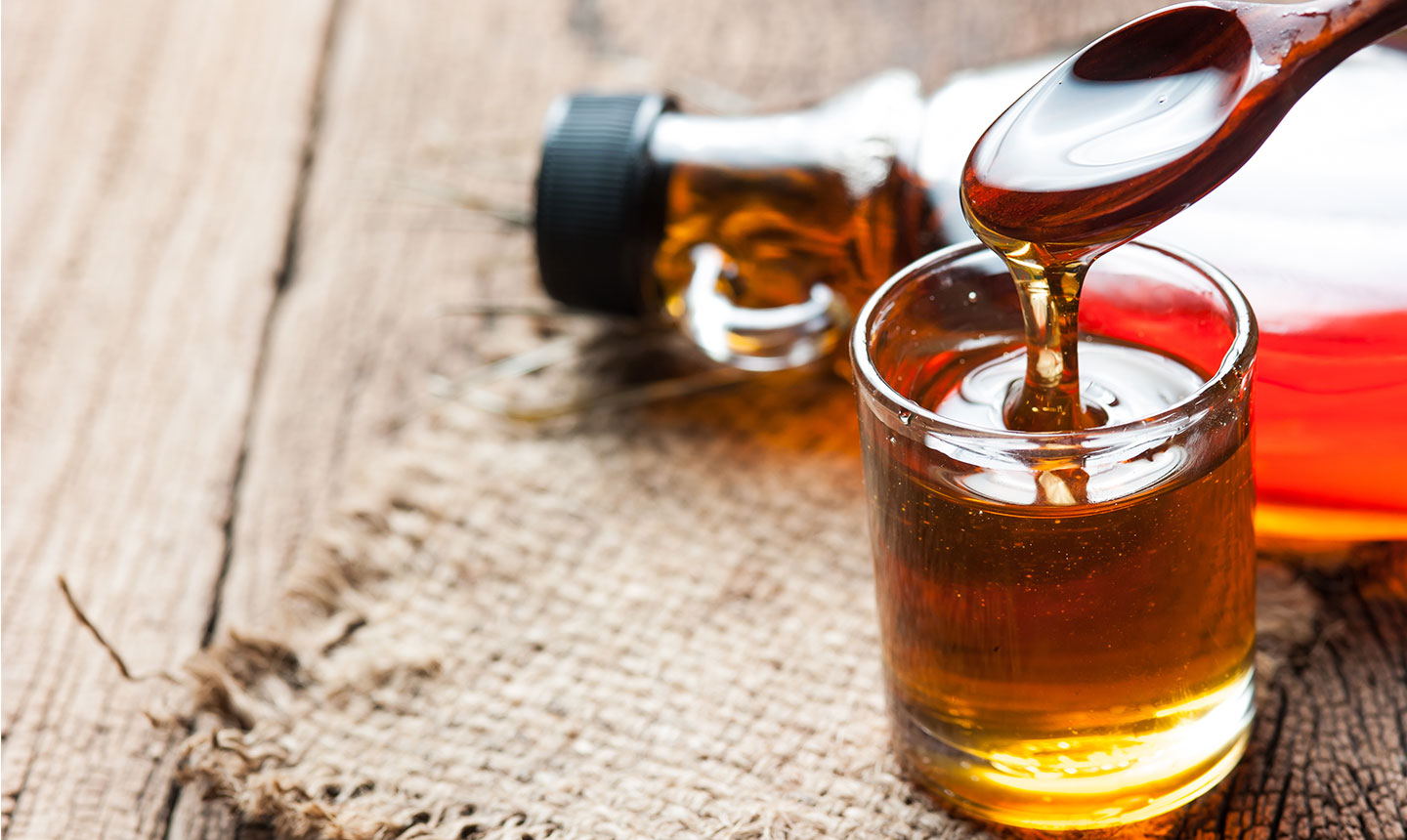
You can use this cooling sweetener just the way you would use any sugar. It can be also consumed as a delicious salad dressing and marinades.
9. Turmeric
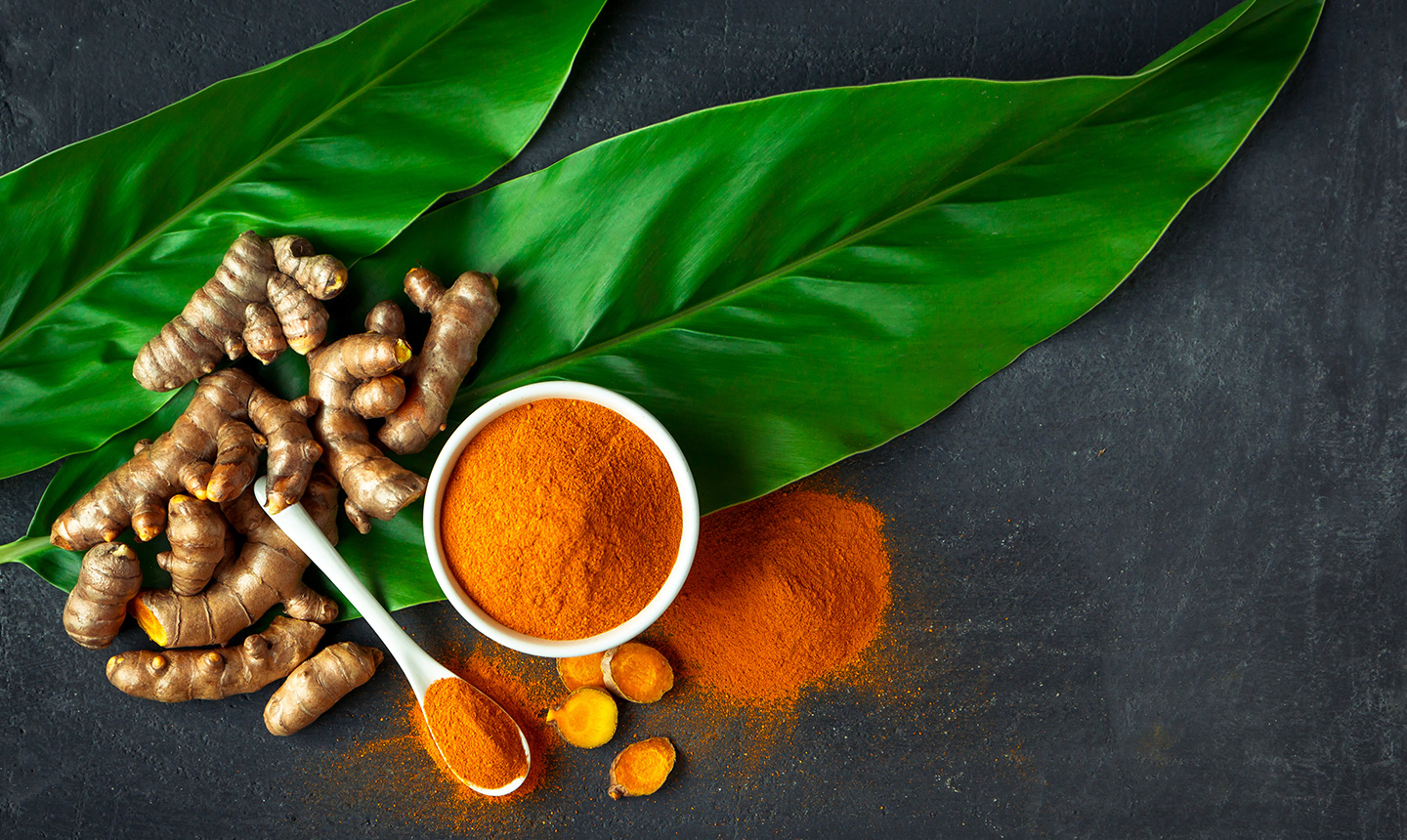
Turmeric is a useful add-on to the pitta diet.it’s easy to add to your diet. Rice dishes, or potato or egg salads all taste delicious with some added turmeric. And of course, there is curry! There are certain contraindications of turmeric so be sure.
10. Ghee
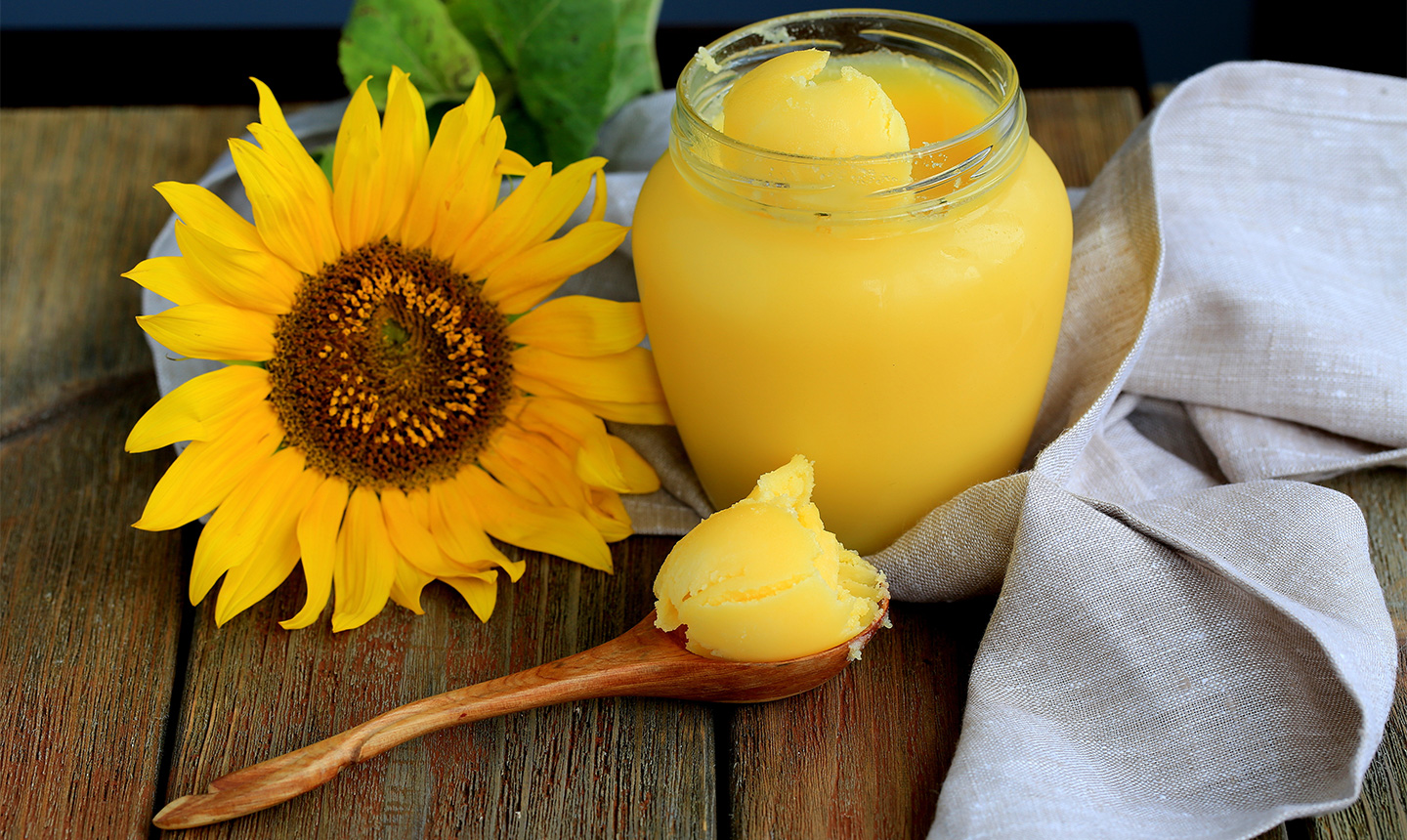
Clarified butter is what ghee is. It is helpful for all the doshas. It is cooling for pitta however it is not equally helpful for everyone. One should consult a qualified ayurvedic practitioner before changing your diet.
